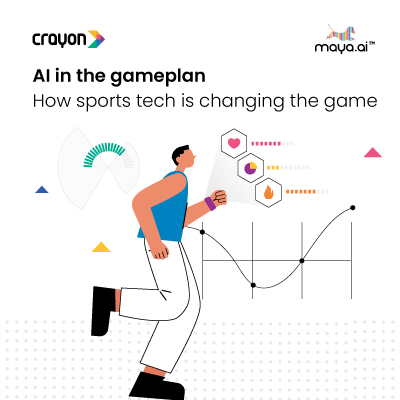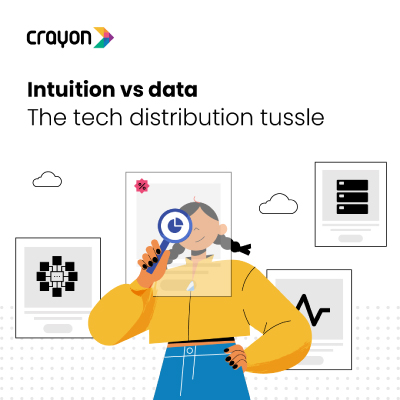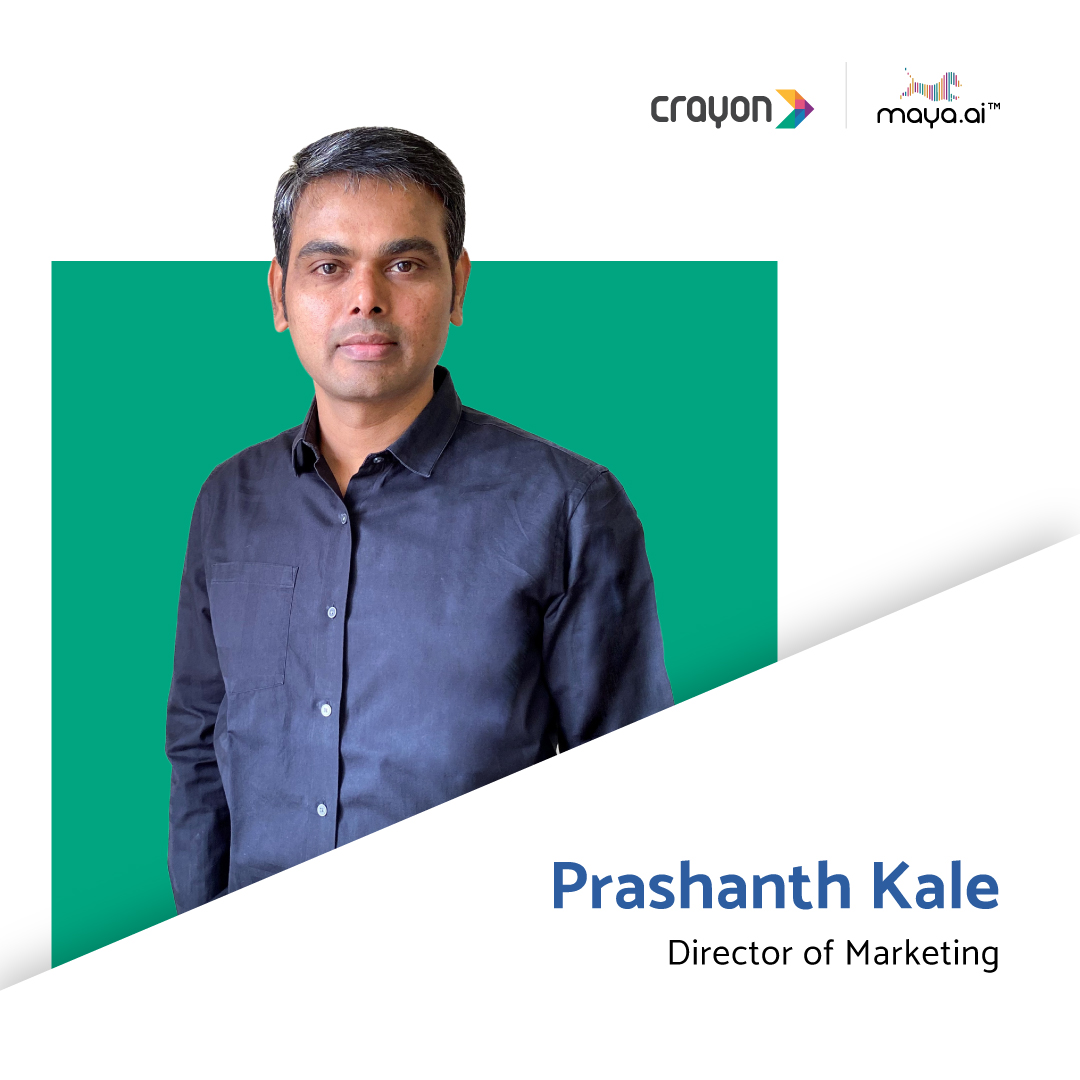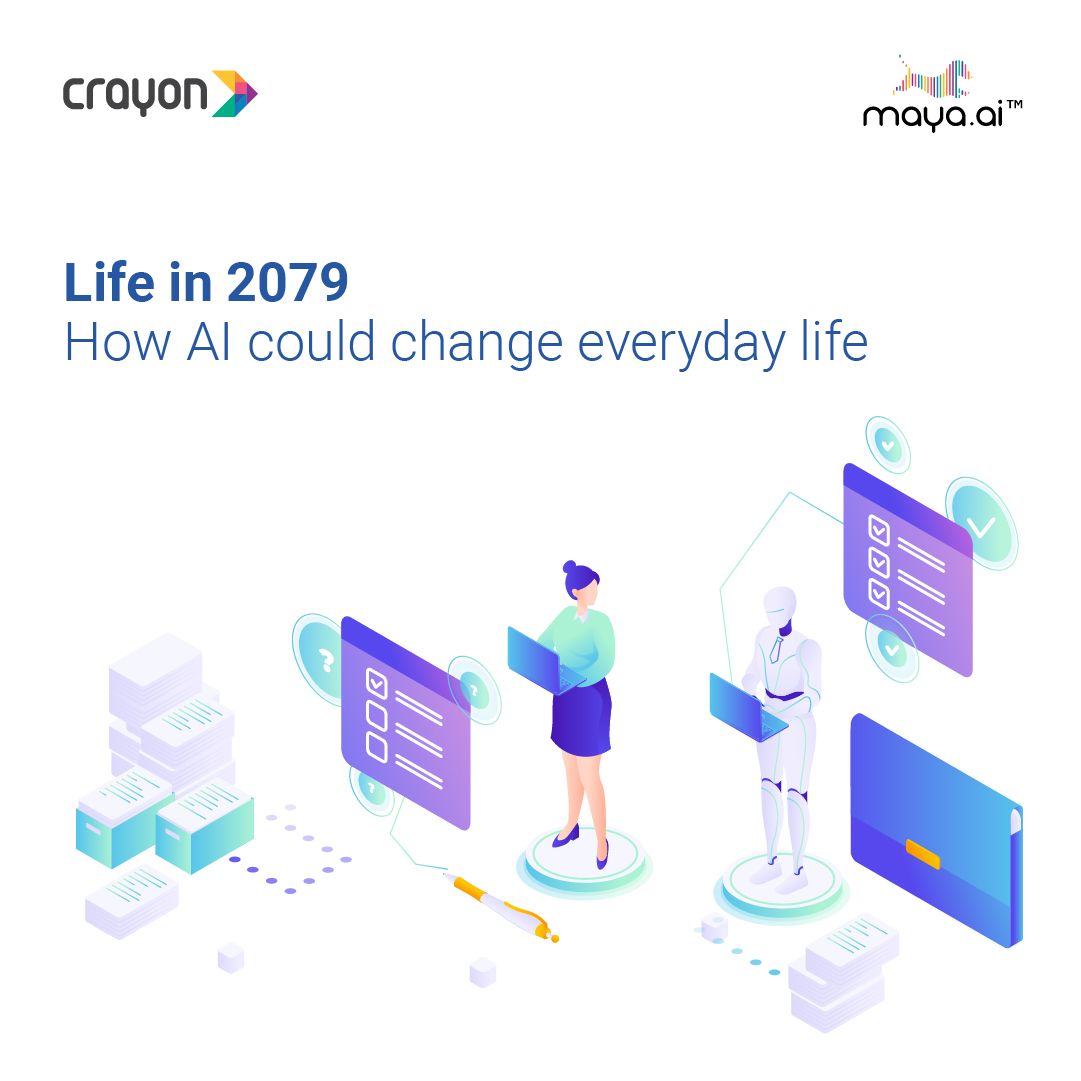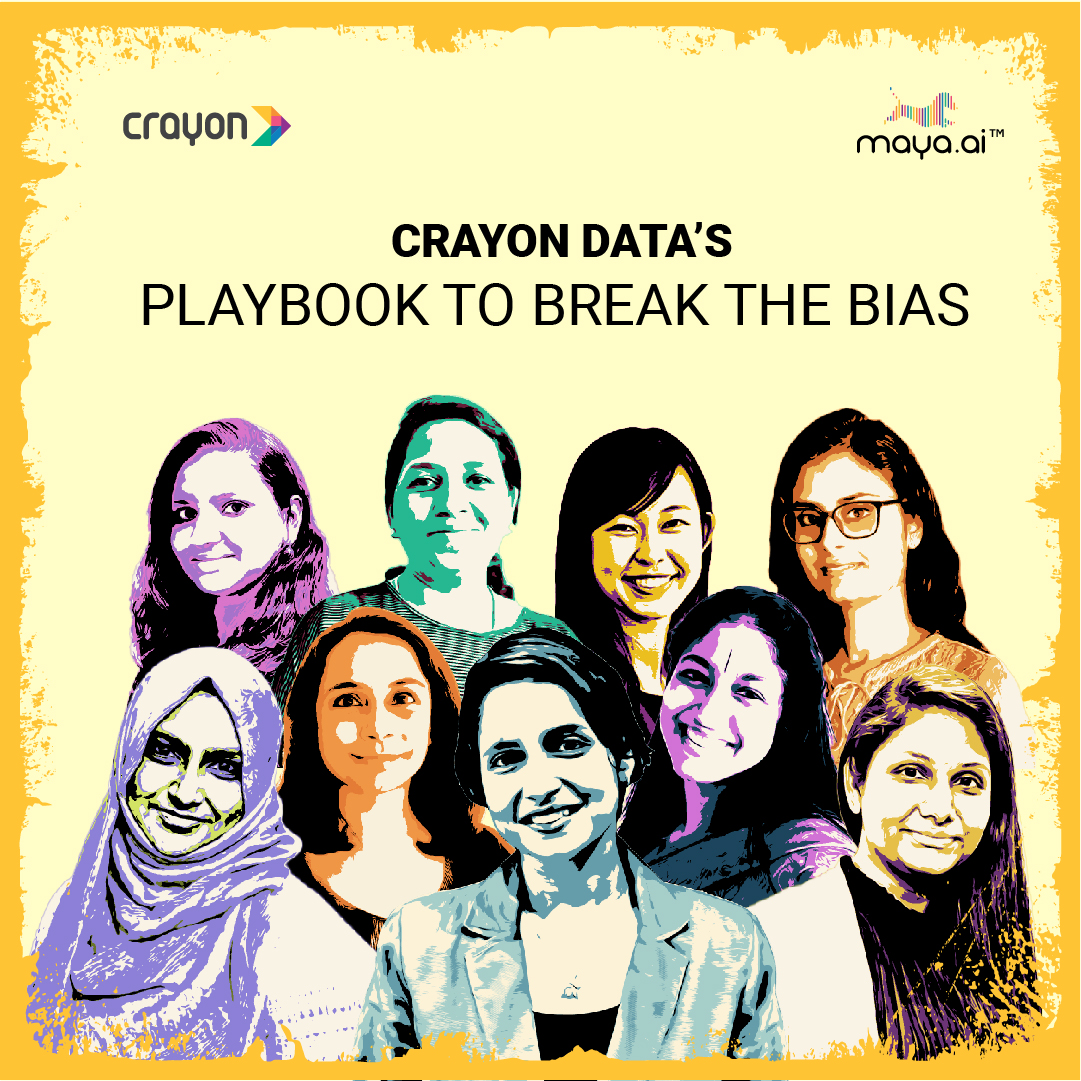In this week’s Lighthouse Fireside Chat, B.S Nagesh, the founder of Trust for Retailers & Retail Associates of India (TRRAIN) and the Chairman of Shoppers Stop spoke to us about the changing retail landscape. Shoppers Stop is one of India’s largest department store chains, with 86 stores in 40 cities across the country. We had a candid conversation about the tectonic shifts in retail and ecommerce due to Covid-19. And how businesses can best capitalize on these new trends.
While our discussion largely referenced examples in the Indian market, many of Nagesh’s observations and predictions can be inferred to the rest of the world as well. Here are a few highlights.
5 biggest consumer retail trends in the time of COVID-19
Trend 1: Traditional food and grocery will become the center of the Indian commerce scene. It’s likely to modernize and become more organized and modernized in the next 5 to 10 years
Trend 2: The pandemic has changed the way we look at logistics. Logistics used to be driven by supply chains, with the hub–and-spoke model being the default. Now, due to improved network and infrastructure, retailers are no longer limited by a central distribution model. This leads to new and more efficient ways for fulfilment
Trend 3: The world’s best and biggest companies are also a part of this change. Players like Amazon, Walmart and Reliance, are cashing in on new trends
Trend 4: Consumer behavior and habits have pivoted from offline to online shopping. However, this change hasn’t translated into multi-channel shopping
Trend 5: Digital payments and solutions are huge force–multipliers for mom-and-pop stores. These solutions help traditional retailers become more competitive against large department stores at a very low cost
3 key consumer segments and the best strategies to target them
Businesses should focus their attention on 3 key consumer segments:
-
Senior citizens (above age 60). Consumers in this segment have been advised stay home in order to protect themselves from exposure to the virus. This consumer segment will be very important in the post-Covid-19 recovery phase. However, they’re often neglected by businesses. Even though they’re forced to stay home, they will continue to demand products and services that are accessible to them. They also have the highest disposable income, are tech-savvy enough to use their mobile phones and other digital devices. A combination of these factors makes them the best segment to target, with the highest propensity and purchasing power to spend on ecommerce platforms.
-
Gen Z (aged 15 to 20). This generation is all about exploring new and exciting things in life. Their expenses are high in authentic experiences, but low in consumption of tangibles. And they are not as influenced by their parents as we would like to think! Consumers from Gen Z are individuals with their own tastes and preferences.
-
Working adults (aged 30 to 55). This consumer segment is the traditional and core segment, targeted most by businesses. Especially in a pre-Covid-19 world. This segment is likely to be spending much less in the next 18 months since they’re the most affected by job losses with high levels of emotional insecurity. For businesses to re-connect with this demographic, strategies need to go deeper into their consumption eco-system. Enterprises need to focus on establishing trust and reconnecting with this segment.
Bonus takeaway
The definition of what value means to consumers will change. While the quantum of purchases will decrease, the frequency of spending will increase. This is simply because of the increased access consumers now have. Brands will innovate with new product lines, to deliver more ‘value–for–money’ in the post-pandemic world.

